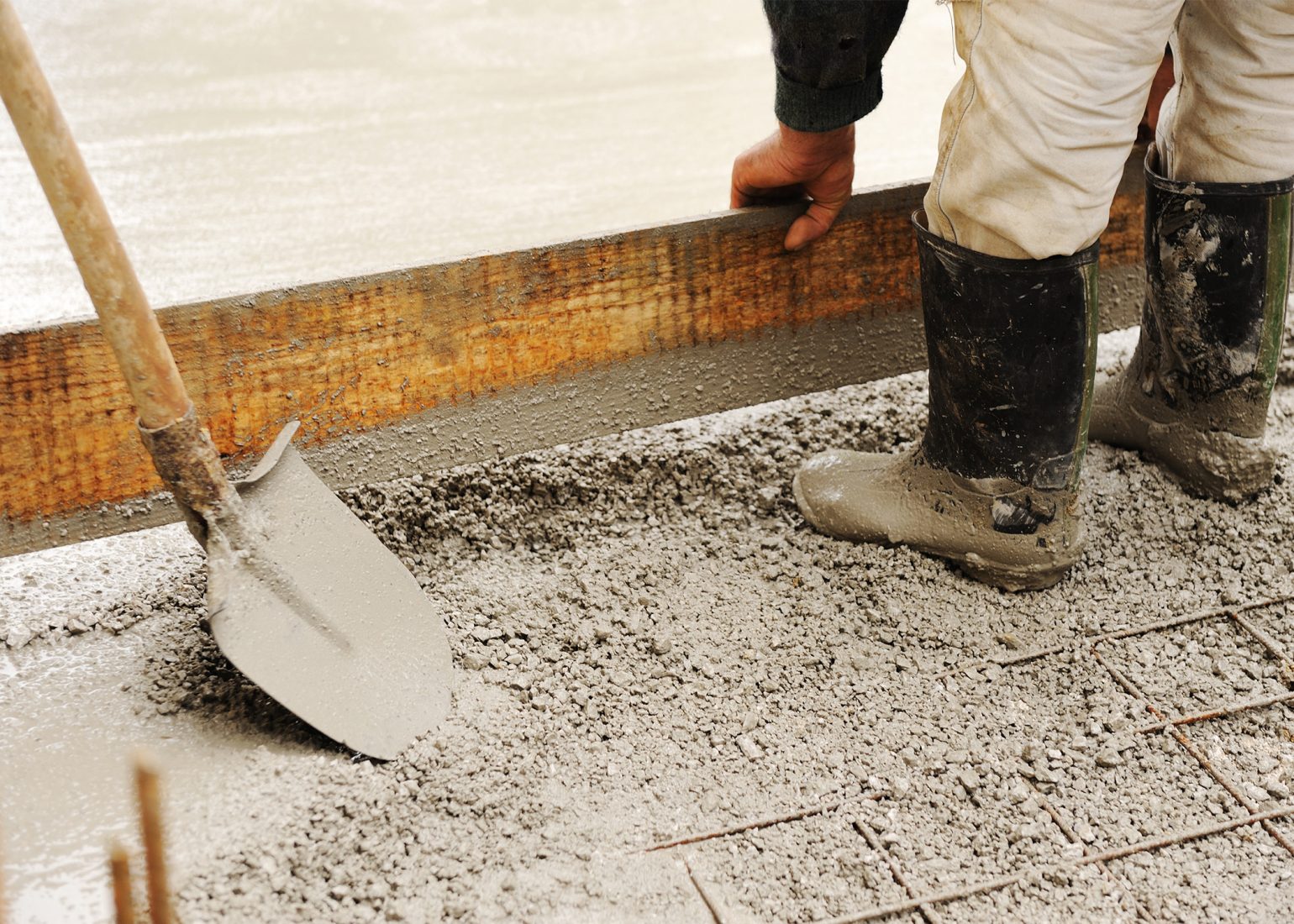PPE Focus of the Month: Protective Footwear
What happens when you drive in the rain or snow with bald tires? You lose traction with the road and control of your vehicle. If you’re lucky, the car fishtails a little, you correct it, drive with more caution, and arrive at your destination safely. If you’re not lucky, though, the car crashes and you never walk away from it. Fortunately, bald tires are easy to spot and correct with routine inspections. Whether you have a habit of checking them yourself, or rely on your mechanic when you get an oil change, you tend to have a good idea of the state of your tires. And like your tires, your protective footwear at work serves a similar purpose – preventing near-misses like that fishtail you corrected, and preventing serious incidents and injuries.
Unfortunately, protective footwear is something people often stop thinking of as PPE, and don’t inspect it as frequently or rigorously as other PPE. Worn out and damaged footwear does not effectively protect your people from workplace hazards. They will use damaged footwear longer because they think it is a hassle to replace. Since most employees purchase their own protective footwear, they don’t keep a spare pair with them. They can’t ask their supervisor for a new pair of boots the same way they might ask for a new pair of safety glasses or ear plugs. They wait to replace their footwear until they absolutely must – usually when the it is so damaged that it cannot be worn again.
Even though your employees are willing to wear footwear past its “use by” date, OSHA requires that employers ensure employees wear adequate PPE and use it properly. Constantly checking each employee’s protective footwear is time consuming and a waste of resources. Employees don’t always objectively evaluate their own footwear, risking their safety and their co-workers’. What can an employer do to improve employee compliance with footwear compliance?
Implement Peer Inspections
Implement a peer inspection program, making employees responsible for the condition of a co-worker’s PPE as well as their own. The procedure is not complicated, either. All that is needed is to schedule a periodic, 5-minute peer inspection at the start of a shift. Each employee inspects the condition of another employee’s protective footwear, and tells them if they notice damage or wear that could make the footwear unsafe to use. Focus on noticeable defects or damage on the uppers, like cracking and tearing, and check the soles to make sure they have a good tread. Treads that have been worn smooth are just as dangerous as bald tires on ice; the employee will slip and fall at some point, especially if they work in slippery conditions.
Employees don’t need to take their footwear off for a thorough inspection. They don’t need to drop items on their feet to check for safety toes, either; just like you wouldn’t kick an athlete between the legs to check for a protective cup. Ouch.
Peer inspections are easy to do, and don’t take much time. If an issue is found, the supervisor should be notified, and schedules a follow up check to make sure that the employee corrects it.
Peer inspections work because people will convince themselves that something is safe to use even when it is not; if another person tells them about an issue though, especially if it is someone they trust, they are more likely to do correct it. When they know that their co-worker or supervisor will follow up with them to make sure they do something about it, they are more likely to follow through.
As the saying goes, time is money; employees are very aware of this.
Delaying work for a few minutes to perform a quick safety check sends a powerful message to your employees that safety is important; more important than the revenue that would have been generated in those 5 minutes that were set aside to ensure their safety. That same revenue that is now paying the costs of an employee injury, like medical bills, lost wages, administrative costs, insurance premiums, and replacement labor; costs that would not have been incurred with a peer inspection.








